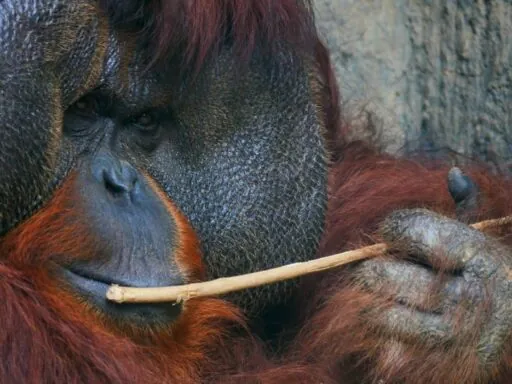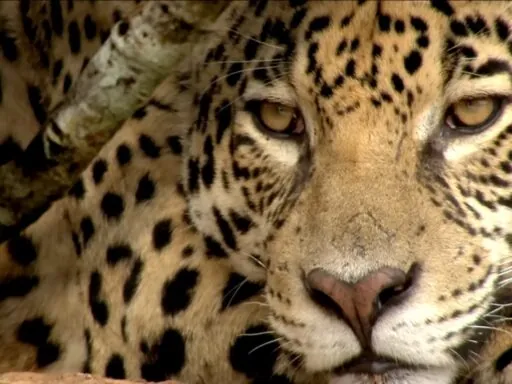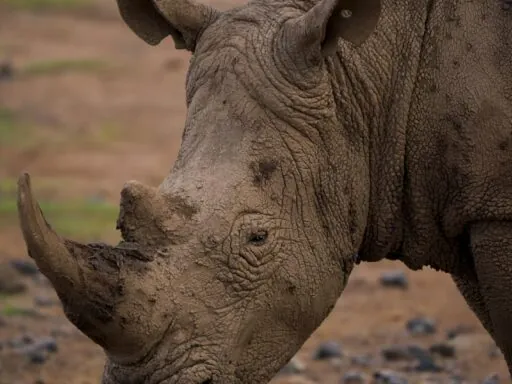Did you know that polar bears, the Arctic’s apex predators, possess a remarkable blend of adaptations and behaviors that make them one of nature’s most fascinating creatures? From their unique classification as marine mammals to their ability to swim for days, these majestic animals are more than just symbols of the icy wilderness. Discover how their black skin and translucent fur, low hunting success rates, and even their capacity to hybridize with grizzly bears, all contribute to their incredible story. Let’s unlock the top 10 interesting facts about Polar bears!
Marine Mammal Classification
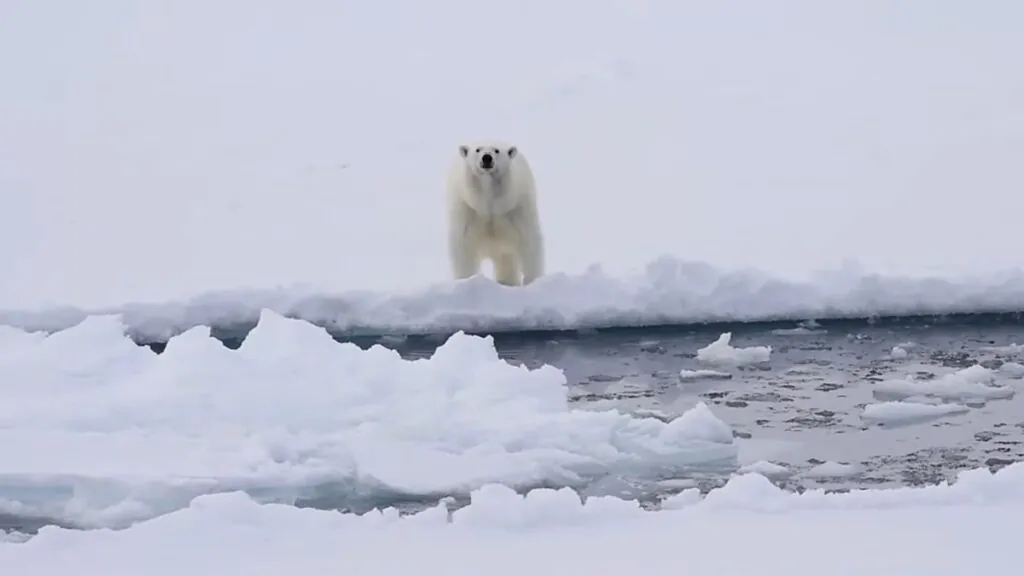
Polar bears are uniquely classified as marine mammals. This distinction arises because they spend the majority of their lives on the sea ice of the Arctic Ocean, relying on the ocean for both their food and habitat. Unlike any other bear species, polar bears are considered marine mammals due to their deep connection with the marine environment.
Skin and Fur Characteristics
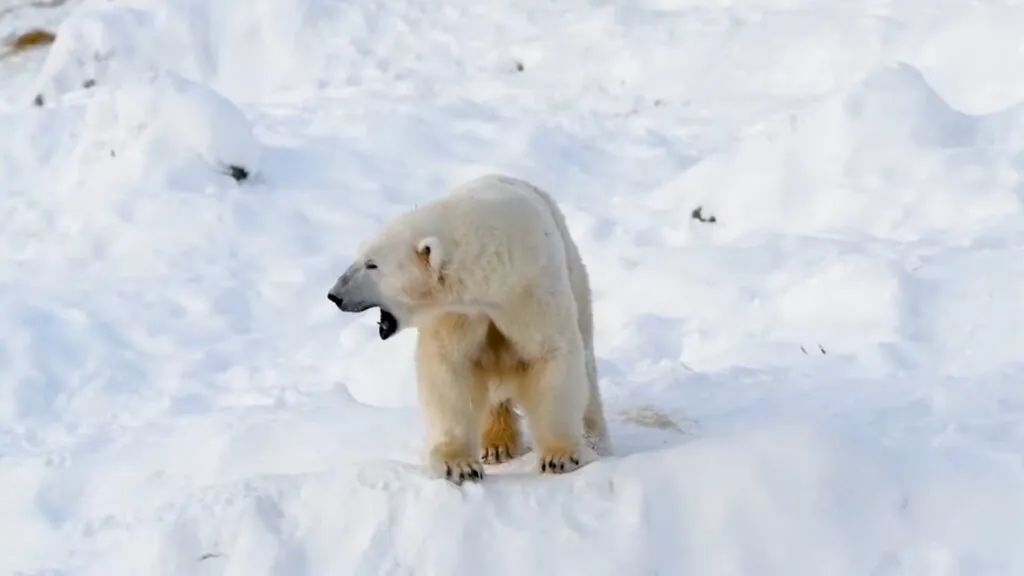
Beneath their thick fur, polar bears have jet black skin. Interestingly, their fur is translucent and only appears white because it reflects visible light. This unique adaptation helps them blend into their icy surroundings and maintain warmth in frigid temperatures.
Exceptional Swimming Abilities
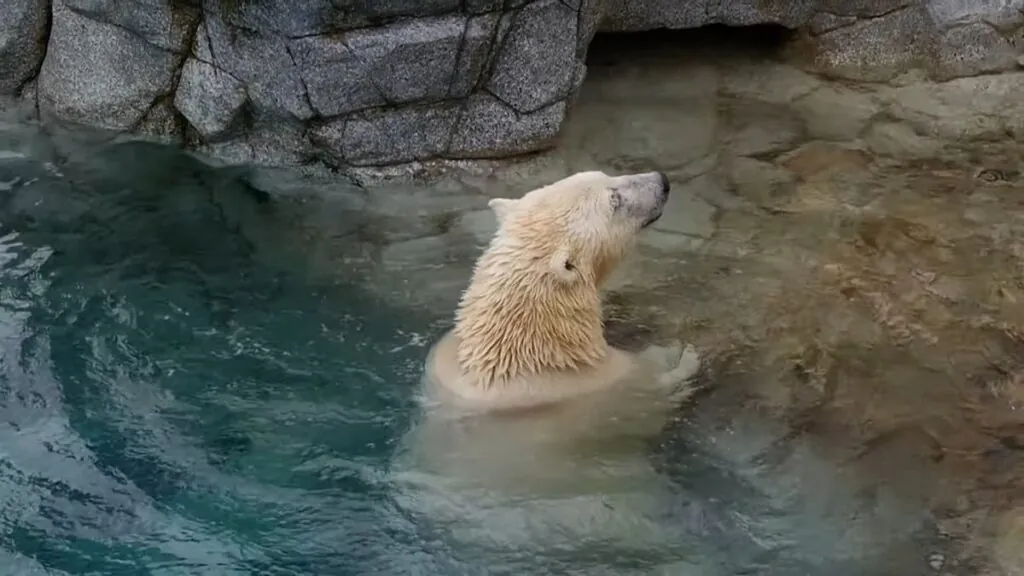
Polar bears are adept swimmers, capable of swimming continuously for days. They can reach speeds of up to 6 mph in the water, covering long distances between ice floes – one of the surprising Polar bears facts for kids. Their large, paddle-like paws are specially adapted for swimming, aiding their navigation through the Arctic waters.
Hunting Challenges and Strategies
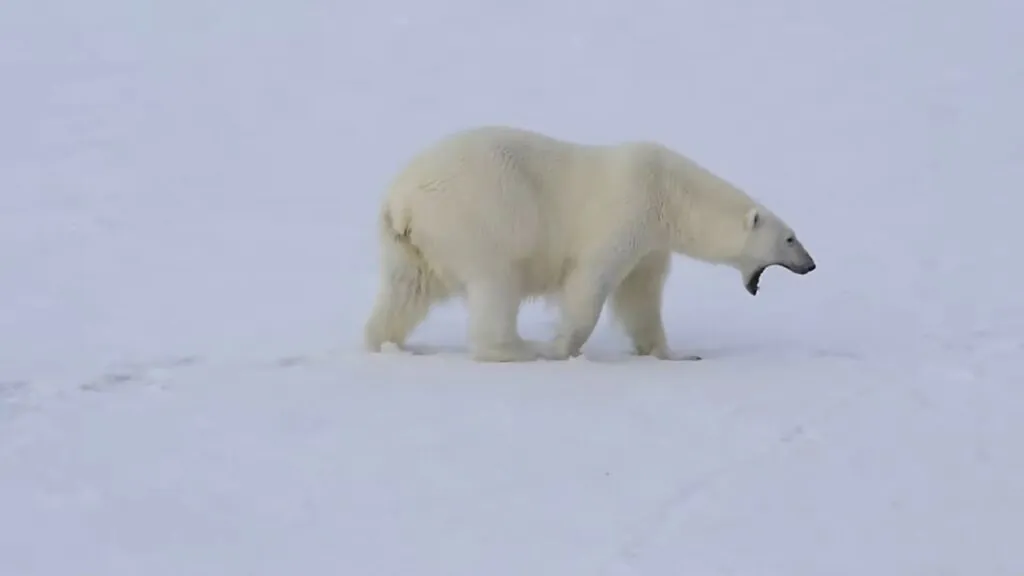
Despite spending about half of their lives hunting, polar bears have a low success rate, with less than 2% of their hunts being successful. They primarily hunt ringed and bearded seals using various techniques, such as breaking into pupping dens, waiting at breathing holes, or stalking seals on the ice. When unsuccessful, they scavenge carcasses or consume small mammals, birds, eggs, and vegetation.
Innovative DNA Extraction
Scientists can extract polar bear DNA from their footprints – one of the stunning polar bears facts. This innovative project, developed by WWF and MIX Research, involves sampling snow from polar bear tracks to obtain environmental DNA (eDNA). This method provides valuable insights into the bears’ diet and contributes to conservation efforts.
Multiple Threats beyond Climate Change
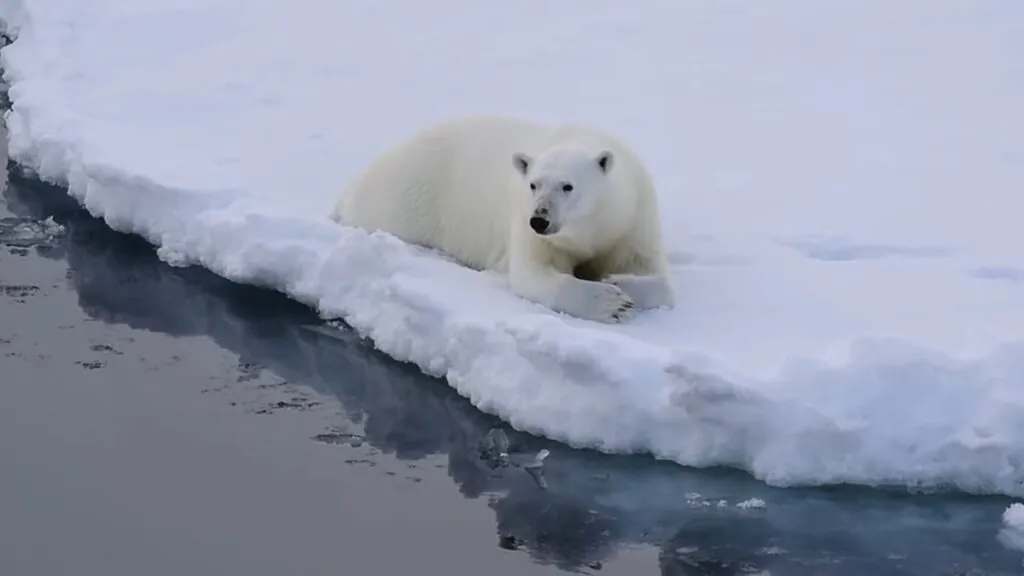
While climate change remains the primary threat to polar bears, they face additional dangers. The oil and gas industry’s interest in the Arctic poses risks of habitat destruction and oil spills, which can harm their fur’s insulating properties and poison them. Toxic chemicals from prey also threaten their biological functions and reproductive abilities. Furthermore, melting sea ice has increased human-polar bear conflicts, although measures are being taken to reduce these risks.
Existence of Grizzly-Polar Bear Hybrids
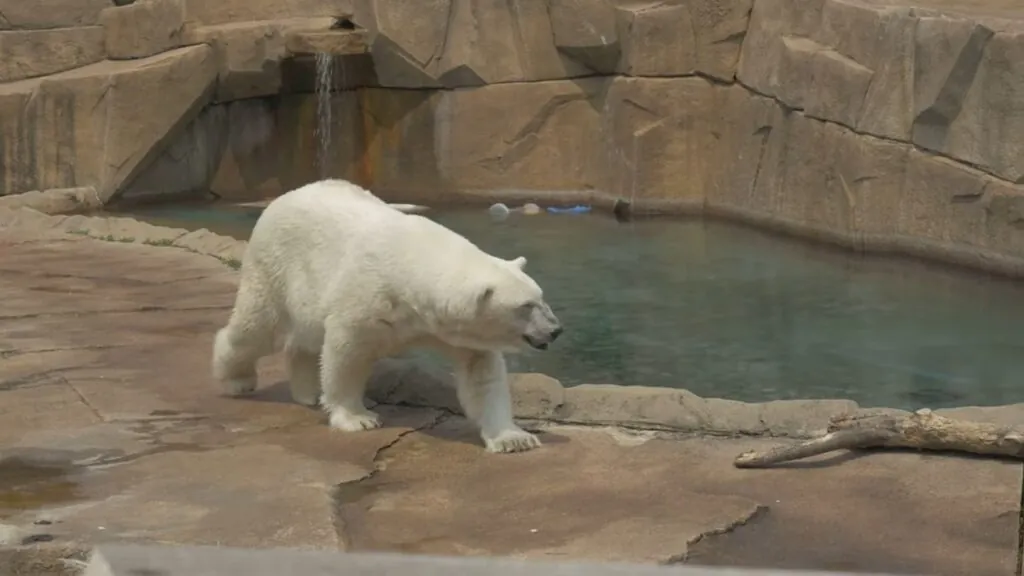
Genetic testing confirmed the existence of polar bear-grizzly bear hybrids, known as ‘grolar bears’ or ‘pizzly bears,’ as recently as 2006. These hybrids physically resemble a mix of both species but often behave like polar bears. This interbreeding ability is linked to their common ancestry, with polar bears having evolved from brown bears approximately 150,000 years ago.
Diverse Sub-populations
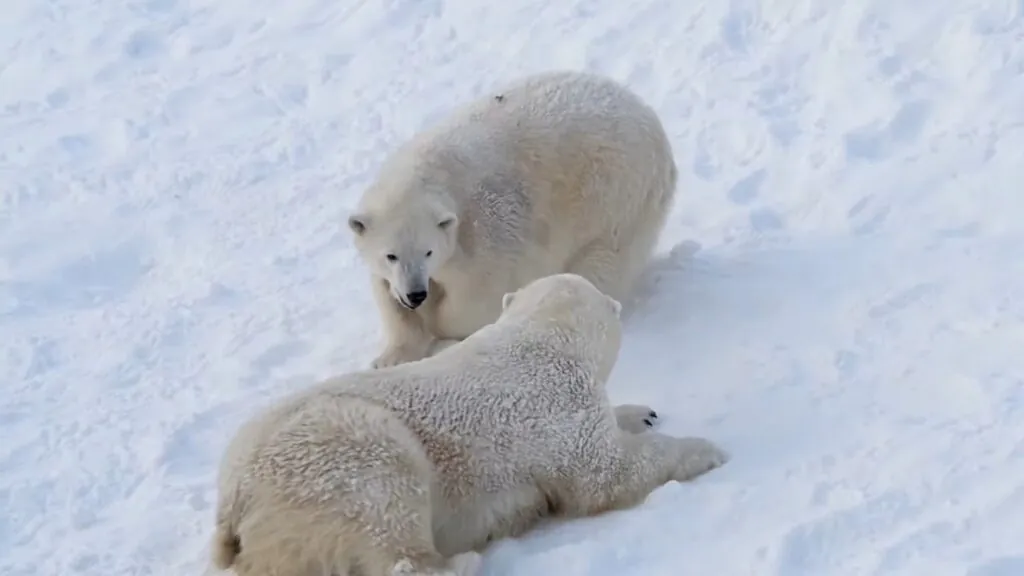
The global population of about 26,000 wild polar bears is divided into 19 subpopulations – one of the amazing polar bears facts. Of these, one subpopulation is increasing, five are stable, four are in decline, and the remaining nine are data-deficient, meaning insufficient information is available to determine their status.
Massive Size and Weight
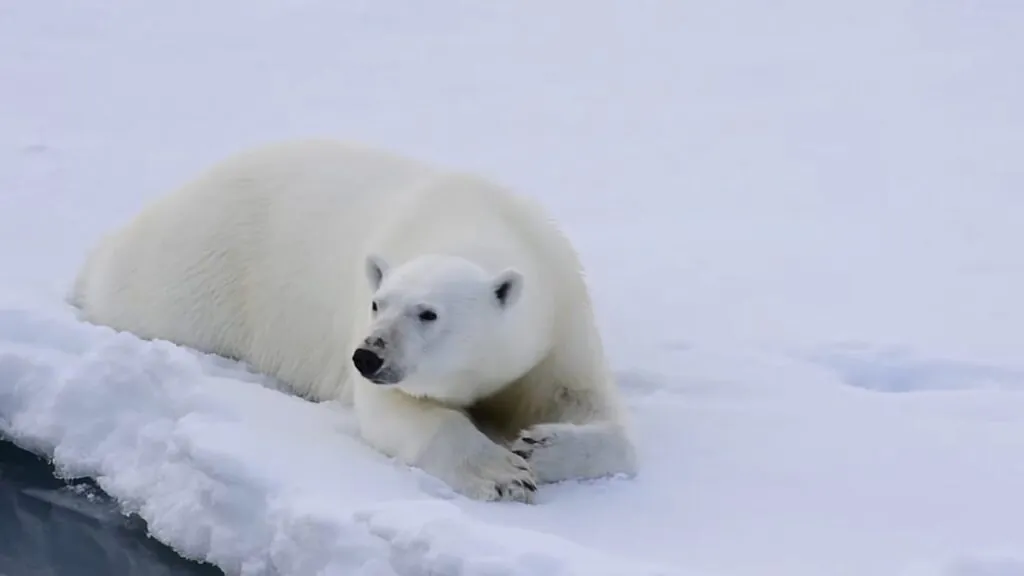
Polar bears fun facts can’t be completed without discussing their size and weight. Male polar bears can weigh up to 800 kg, equivalent to the weight of 10 average men, and are twice the size of females. They can grow up to 3 meters long, making them the largest bear species and the largest land carnivore in the world. On the related note, got the scoop of the interesting facts about black rhinos?
Keen Sense of Smell
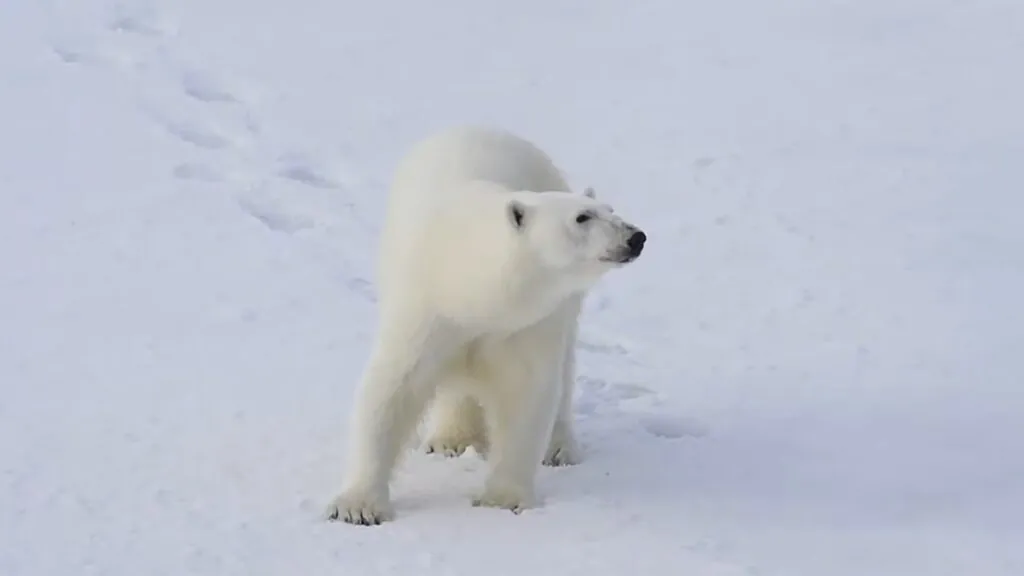
Polar bears possess an extraordinary sense of smell, capable of detecting seal breathing holes from nearly a kilometer away. This keen sense enables them to locate and patiently wait for seals to surface for air, ensuring a successful hunt.
In exploring the top 10 polar bears facts, we’ve uncovered the unique adaptations and challenges faced by these extraordinary Arctic mammals. From their specialized classification as marine mammals and their impressive swimming abilities to the surprising existence of hybrid bears and their keen sense of smell, polar bears demonstrate a remarkable resilience and adaptability.
